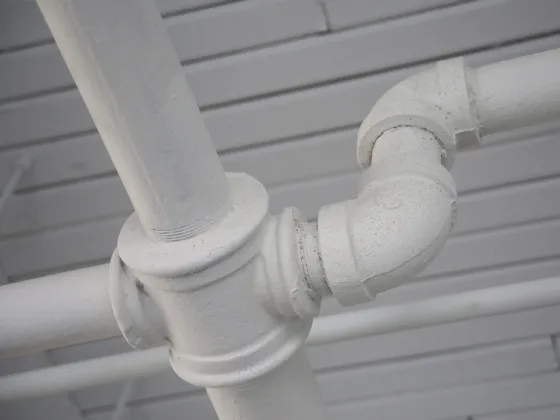You’ve been searching for that perfect home, you’ve had a look at a bunch of prospective properties and, in the end, you’ve determined that a particular home is for you. You want to make an offer. How do you make a solid one?
At Better Estimate we are always asking a list of questions to our clients that go into buying a home to find the best offer that will suit their needs and preferences.
What is your budget? How many bedrooms do you need? Where do you want to live? These questions can be overwhelming, especially if this is the first time you have been through this process.
This blog post will help answer some of these questions so that when it comes time to make an offer on a property, you know what to consider and how much money to offer for the property.

We will explore what defines a “solid” offer according to our experience from Better Estimate, and go over the different ways to make one! Whether you make an all-cash offer or submit your most competitive price, there’s no wrong way as long as it gets accepted.
So read on and learn more about making offers that will be irresistible.
First off, take a deep breath and think about what it is that you want. Is this a house that you want to live in for a long time? Is it a house you can afford? Are you most concerned about ease of maintenance and upkeep? Or do you prefer a model home, knowing that it is all furnished and has no giveaways or hidden surprises?
Whatever it is that you are looking for, once you have made a viable offer, the next thing to do is prepare a Purchase and Sales Agreement (a nice, complete listing of all the costs you will incur through the entire process of purchasing a home.)
Once you’ve made an offer on a particular house, it is incumbent upon you to become the home seller.
Read Also:
This means that you will need to collect all supporting documentation. And you will need to meet with your realtor to go over the offer and the supporting paperwork.
You want your offer to include all of the necessary contingencies and conditions to protect you in the event that the conditions of your offer are not met by the sellers.
So, the REALITY of your offer is that it controls the terms and conditions of the sale.
Now you need to decide how you will receive it. What methods might you utilize?
Option 1
If you are a cash buyer, you send a formal, certified check with a copy of the Purchase and Sales Agreement along with a letter of “rafting” for your signature.
Since your offer is conditional on financing, you would be required to provide a borrower’s verification of ability to obtain a loan.
Your offer should include an appropriate length for the buyer’s loan application and verification of the ability of the seller to provide the necessary funds.
Your offer should also include an agreement to authorize the seller to provide a buyer’s disclosure of property defects which the seller will agree to repair before closing.
Finally, your offer should cover a firm earnest money deposit you will provide.
If you are a cash buyer, the first issue is finding an agent to represent you. There is so much competition that it’s hard for agents to make any money these days if they don’t have a buyer lined up before the listing goes live on the MLS (multiple listing service).
Next, you need to do some research into what your home might be worth based on comparable properties already sold or currently for sale in your area and then set an asking price accordingly.
Lastly, you need to stage your house well before putting it on the market because buyers want
The average timeline for a cash sale in our area (Texas) can be anywhere from 30 days to 120 days.
This is all dependent on the type of lender you choose, your credit score, and how much equity you have in the property.
There are many factors that go into deciding the timeline of an individual transaction so it’s important to do some research before committing to anything.
Option 2
If you are borrowing the money to make the purchase, then you might reconcile on a verbal agreement.
While most of the time you may feel that some form of verbal agreement is the best possible due to its concise literacy, the sellers may feel that some form of reviewing remains in place should be included.
If you are borrowing money to make the purchase, you might want to include clauses such as:
- The right to terminate if the seller delivers to buyer satisfaction of repair issues within a certain time frame(es).
- The right to terminate if the seller delivers to the buyer a clear title 6-weeks of inspection period.
- The right to remove these rights if you provide the satisfaction of repair issues within the anytime after you receive the seller’s written disclosures.
The seller’s written permission to perform a specified repair prior to closing.
- The seller’s written approval to release information for a pre-purchase consumer report of desired information.
Option 3
If you are using a hard money lender, then the back end of a loan is usually generated at a set interest rate percentage above your identified “Qualified Monthly Payment.”
Your realtor should make sure the lender will allow a term sheet so that you can monitor the progress of your loan, and that you can call the lender in a month or so to make sure it has encountered no issues.
Once all these desired terms are in place, you and your realtor should draft and lock in the appropriate contracts.
The letter of intent is a letter that your lender already has letters out with you stating your commitment to purchasing the property, and the letter of intent is the document that legally binds you and the seller together.
After this period, escrow moves quickly, and you will have a clear title to the property.
Building and applying the steps above will ensure a smooth transaction, avoiding delays and complications.










